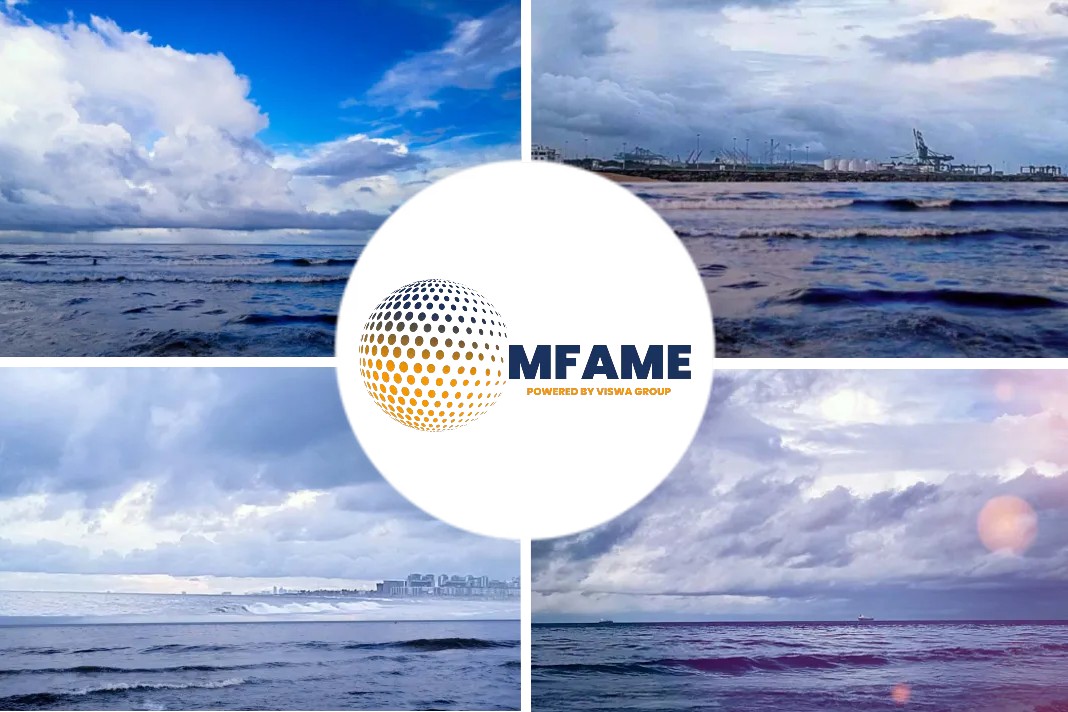
In an exclusive interview with TLE, Ivan Ladan, the founder of Marine Digital, delves into the pressing issue of the growing blind spot in freight’s efforts to decarbonize and its adverse health effects. Ladan shares insights on potential solutions to address these challenges.
Blind spots in supply chain
Freight shipping contributes to over 3% of global emissions, and with the increasing shift towards global trade, this trend is expected to continue. Greenhouse gas emissions from the maritime fleet are on the rise, particularly from container ships, dry bulk carriers, and general cargo vessels, with a 4.7% increase between 2020 and 2021. The average age of the fleet is also increasing, leading to greater pollution. Research suggests that these factors are negatively impacting children’s health. Ivan Ladan, the founder of Marine Digital, emphasizes the urgency of addressing climate change and highlights the significant blind spots in the supply chain, which accounts for up to 70% of emissions.
Improving efficiency
The transportation of eco-friendly products, from avocados to electric bicycles and biodegradable plastics, relies on highly inefficient trucks and ships that often go unnoticed by the average person. Despite the small number of about 100,000 maritime vessels responsible for moving over 80% of global cargo, they generate significant emissions, including black carbon, sulfur oxides, and nitrous oxides, contributing to diseases like cancer and asthma, particularly in children. The maritime industry’s slow adoption of Industry 4.0 and automation is evident, with a majority of the fleet consisting of retrofits. Logistics in this industry is complex and fragmented, involving multiple roles such as ship owners, cargo owners, terminal operators, and more, but these participants lack the motivation to improve efficiency collaboratively.
New challenges
Challenges arise when discussing the digitalization of maritime logistics, as ship owners question who will bear the cost and why they should invest in advanced technologies. Major technological players are hesitant to upgrade due to previous investments and the need to recoup capital. This creates a complex landscape in the market, making unicorn projects challenging. However, notable technological and regulatory changes are underway. For instance, Elon Musk’s Starlink has revolutionized satellite communication, significantly reducing costs and enabling telemetry data and digital services at a fraction of previous prices.
Disrupted ship digitalization
The advancement of data collection technologies and wireless communication is set to disrupt ship digitalization, leading to cost reduction and accelerated efforts in the industry. Environmental regulations, such as carbon intensity ratings, have initiated a process of adaptation, encouraging collaboration and driving innovation. Ship owners and managers are actively seeking solutions to reduce fuel consumption and emissions, as they face the challenge of achieving an 11% emissions reduction within the next 2.5 years. While various emission-reducing technologies exist, implementation costs and payback periods remain a significant barriers. Simple solutions such as reducing engine power, utilizing weather routing, and improving ship management offer cost-effective alternatives compared to expensive retrofits or upgrades.
The solution developed
Our developed solution focuses on efficient data collection from ships, creating accurate digital twins, and identifying fleet-wide optimizations. This technology is crucial as it helps determine the most effective measures for efficiency gains before investing in retrofitting or specific solutions. Sea conditions constantly change, resulting in significant fuel consumption differences even between identical vessels on the same route. Factors such as weather conditions, crew error, or the vessel’s technical condition can contribute to these discrepancies. Despite satellite coverage and weather forecasting models, limitations exist, such as the minimum pixel size for weather data and the accuracy of surface current information. Synchronization between actual engine performance and navigation algorithms also presents challenges, particularly with older engines. Advanced artificial intelligence can greatly enhance navigation route planning for such vessels.
Substantial emissions and financial consequences
The small inefficiencies in maritime logistics lead to significant energy efficiency losses, surpassing 30% on average for commercial vessels. This results in substantial emissions and financial consequences. In preparation for COP28, a collaborative effort among market stakeholders aims to showcase the practical implementation of artificial intelligence in reducing emissions in maritime logistics. The goal is to achieve an average emission reduction of around 10%+ and up to 25% by addressing fragmentation in the supply chain. The mission of the team is to assist maritime professionals in utilizing modern technologies to transform the environmental impact of maritime logistics.
Did you subscribe to our newsletter?
It’s free! Click here to subscribe!
Source: The London Economic

























